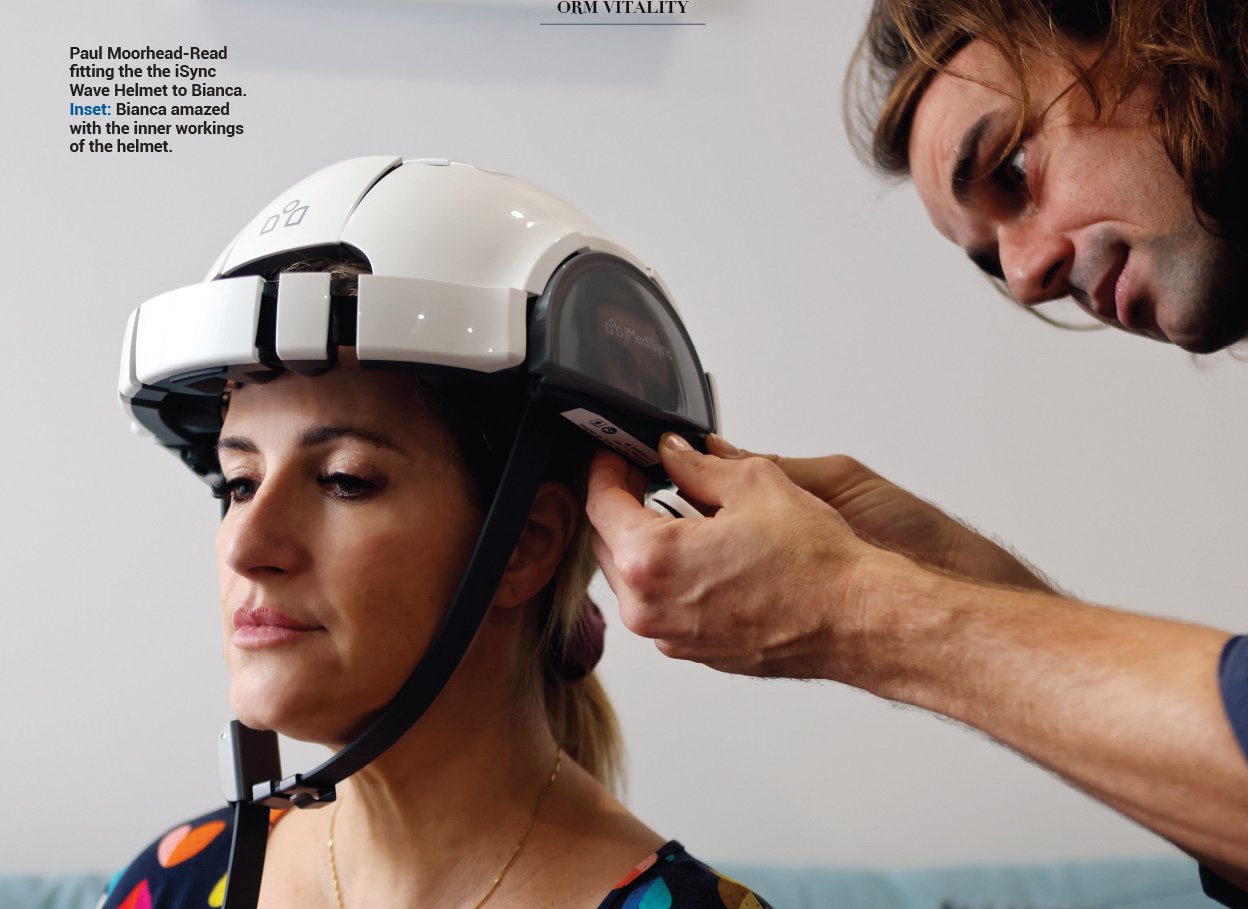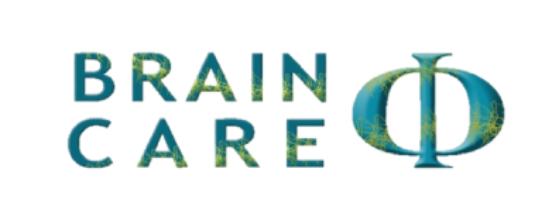
Why QEEG?
We rely on specialised testing and scans to find out what’s happening in our bodies from the neck down. However, when it comes to difficulties with our behaviours, thoughts or emotions that likely originate in our brain, we have not been so scrutinous. Why can QEEG be the answer?

Dealing with anxiety: from self-regulation to therapy
Anxiety is a common experience for many people, characterized by feelings of worry, fear, or unease. While occasional anxiety is a normal part of life, chronic anxiety can be debilitating. One of the most common approaches to treating anxiety is Cognitive Behavioural Therapy (CBT). However, mindful breathing can help self-regulate when exposed to stress and anxiety anytime, anywhere.

The Benefits of Art Therapy
Sometimes we are unable to express our emotions with language and words and we struggle to verbalise what we are feeling. The transformative power of art and the creative process supports expression, well-being, connection and mental health. Art Therapy sessions are known to reduce stress and anxiety, contributing to personal growth, and general well-being.

What is Eye Movement Desensitisation Reprocessing (EMDR)
Eye Movement Desensitisation Reprocessing (EMDR) uses bilateral stimulation to simulate REM throughout therapy to target, diffuse, and reprocess past negative disturbing experiences that contribute to distressing mental health conditions, into a more updated positive experience in the present moment.

Tackling Mental Health Head-On: qEEG Assessments
Bianca Dye visited Brain Care for a qEEG, a type of assessment that measures the brain’s activity, and can help support the diagnosis of several conditions. Here is Bianca’s journey on understanding her anxiety, as published in the autumn edition of Ocean Road Magazine.

Attention Deficit Hyperactivity Disorder (ADHD): An Overview
For people with ADHD (attention deficit hyperactivity disorder), nearly every task has a thousand distractions or alternate routes. We all have difficulties with attention, organization, planning and focus, but for some it warrants a diagnosis and therapeutic intervention.

Embracing Neurodiversity: Celebrating Differences
Neurodiversity acknowledges that neurological variations, such as autism, ADHD, dyslexia, and others, are natural and valid facets of human diversity. These are not deficiencies or disorders but represent different cognitive styles and abilities.

The Transformative Power of Positive Behaviour Therapy
Positive Behaviour Therapy acknowledges the interconnectedness of thoughts, emotions, and behaviours while emphasizing strengths-based interventions, and goal-oriented strategies for personal growth.

Photobiomodulation: Illuminating the Brain’s Health
Harnessing the power of specific wavelengths of light to stimulate cellular function, Photobiomodulation (PBM) is increasingly recognized for its potential in accelerating the healing processes within the body, including the brain.

Preventing Burnout: Tips for Self-Care
As we strive to meet the expectations of work, family, and personal growth, our own mental health often takes a back seat. In this blog entry, we will explore the benefits of embracing holistic self-care, understanding its role as a shield against burnout, and recognizing its potential to foster a resilient and positive mental state.
